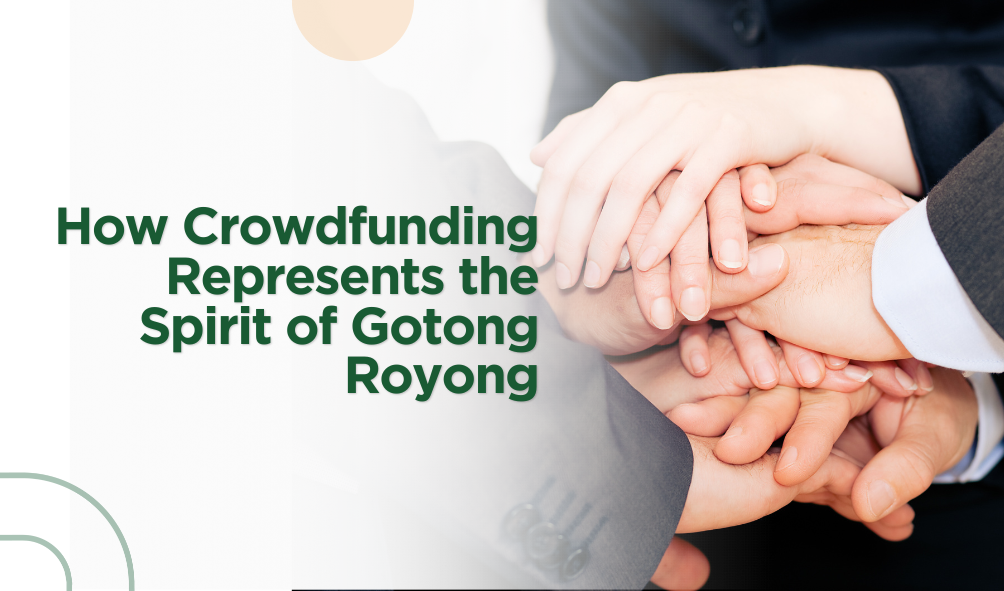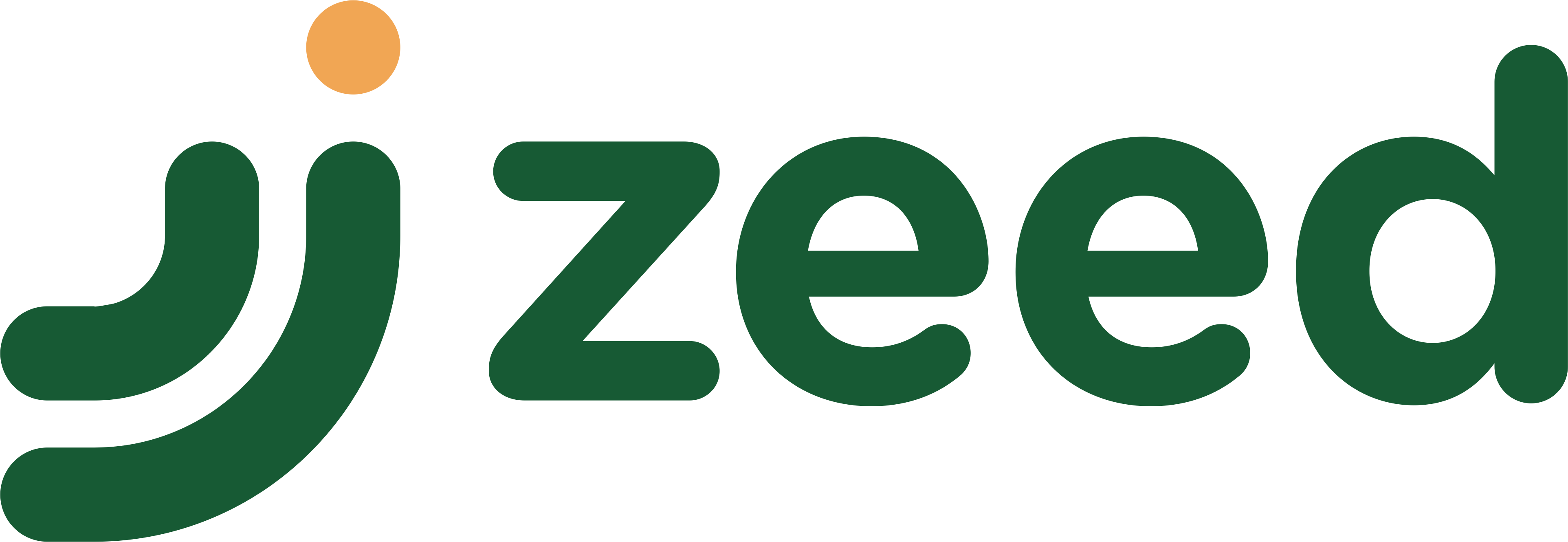How Crowdfunding Represents the Spirit of Gotong Royong
Crowdfunding is a fundraising method that involves contributions from a large number of people, usually through online platforms, to support a specific project or cause. In Indonesian culture, the concept of gotong royong, or mutual cooperation, is highly respected and upheld. This article discusses how crowdfunding, in both social and financial contexts, represents the spirit of gotong royong in Indonesia.
Definition of Gotong Royong
Gotong royong is a practice of cooperation where community members work together to achieve a common goal. It is a form of social solidarity deeply rooted in Indonesian culture and is often applied in various aspects of life, from social activities to village infrastructure development. The values of gotong royong emphasize the importance of collaboration, mutual assistance, and contributing to the common good.
Crowdfunding as a Modern Implementation of Gotong Royong
1. Collaboration and Participation
Crowdfunding facilitates collaboration among individuals who may not know each other but share a common goal. This is similar to gotong royong, where everyone contributes according to their ability to achieve a collective objective (Massolution, 2015). This spirit of collaboration is evident in both social projects such as humanitarian aid and financial projects such as startup funding. For example, in a crowdfunding campaign for disaster relief, thousands of people can contribute small amounts to reach a significant total, demonstrating the power of mass collaboration.
2. Transparency and Accountability
Crowdfunding platforms usually provide regular updates on project progress, allowing donors and investors to see how their contributions are being used. This reflects the principle of gotong royong, where transparency and accountability are crucial to maintaining trust among community members (Belleflamme, Lambert, & Schwienbacher, 2014). In financial crowdfunding, for instance, investors receive information on the progress of the businesses they have funded, ensuring openness and accountability. Successful projects typically provide detailed financial reports and regular updates, thereby increasing investor trust and participation.
3. Community Empowerment
Crowdfunding empowers individuals and communities to fund projects that may not be supported by traditional financial institutions. It provides opportunities for small but impactful projects to flourish, similar to how gotong royong empowers communities to solve their own problems (Gerber & Hui, 2013). Whether it is social projects like building public facilities or financial projects like financing small businesses, all empower communities inclusively. Many small businesses use crowdfunding to obtain initial capital without relying on bank loans, which are often difficult to access.
Social and Financial Crowdfunding
In a social context, crowdfunding has helped raise funds for various humanitarian, educational, and healthcare purposes. For example, Kitabisa has become a major platform in Indonesia, funding numerous social projects such as medical aid and school construction.
Financial crowdfunding, on the other hand, involves raising funds from many investors to finance commercial ventures or projects. Financial crowdfunding provides access to capital for entrepreneurs and startups that might struggle to obtain funding through traditional means. This fosters innovation and business growth, which in turn can create jobs and boost the local economy (Ahlers et al., 2015).
Case Study: Crowdfunding in Indonesia
Several crowdfunding platforms in Indonesia have successfully funded various social, educational, humanitarian, and financial projects. Kitabisa, for instance, has become a major platform in Indonesia, funding numerous social projects such as medical aid, education, and infrastructure. Securities Crowdfunding, on the other hand, focuses on providing funding to small entrepreneurs, enabling them to develop their businesses and improve their quality of life. Another successful example is the funding for village infrastructure development and small businesses involving active participation from local communities, strongly reflecting the spirit of gotong royong. In the financial context, platforms like Amartha help small entrepreneurs gain access to capital, which is often difficult to obtain through traditional means.
As a modern fundraising method, crowdfunding strongly represents the spirit of gotong royong, which is an integral part of Indonesian culture. By facilitating collaboration, transparency, and community empowerment, crowdfunding not only revives traditional values but also provides an effective way to address modern challenges, in both social and financial contexts. This demonstrates that the values of gotong royong remain relevant and can be applied to various aspects of contemporary life.
Also Read:Implementation of The Zakat System in The Modern Era

References
Ahlers, G. K. C., Cumming, D., Günther, C., & Schweizer, D. (2015). Signaling in equity crowdfunding. *Entrepreneurship Theory and Practice, 39*(4), 955-980.
Belleflamme, P., Lambert, T., & Schwienbacher, A. (2014). Crowdfunding: Tapping the right crowd. *Journal of Business Venturing, 29*(5), 585-609.
Gerber, E. M., & Hui, J. S. (2013). Crowdfunding: Motivations and deterrents for participation. *ACM Transactions on Computer-Human Interaction (TOCHI), 20*(6), 1-32.
Massolution. (2015). 2015CF – The Crowdfunding Industry Report. Retrieved from [crowdsourcing.org](https://www.crowdsourcing.org).
Mollick, E. (2014). The dynamics of crowdfunding: An exploratory study. *Journal of Business Venturing, 29*(1), 1-16.







